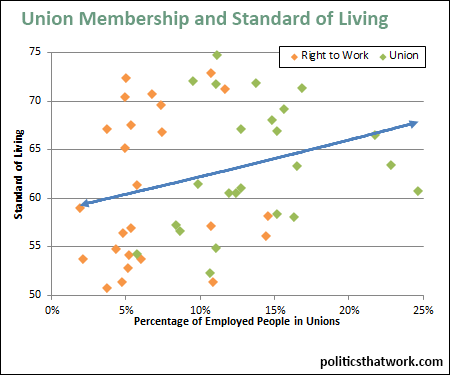
Sources: University of Georgia OECD National Conference of State Legislators
Data: Excel
Last updated: April 3, 2015

EPI: The Tax Cuts and Jobs Act isn’t working and there’s no reason to think that will change
CNN: Trump ordered Mattis to screw Amazon
Elijah Cummings: We are in a fight for the soul of our democracy
Pro Market: The Cost of America’s Oligopoly Problem